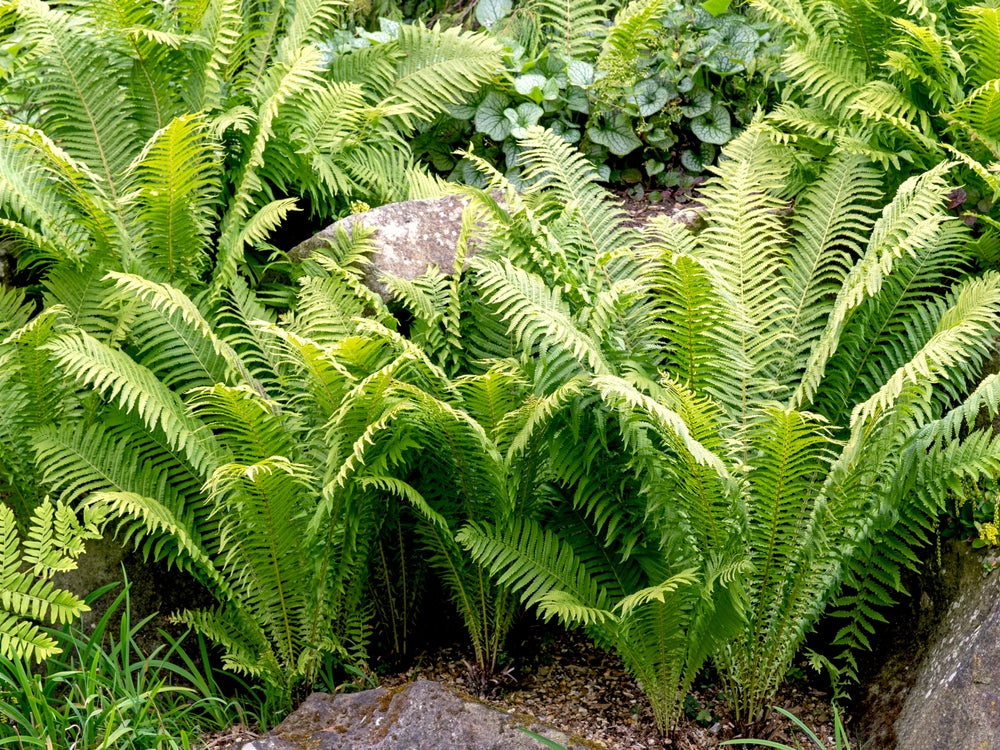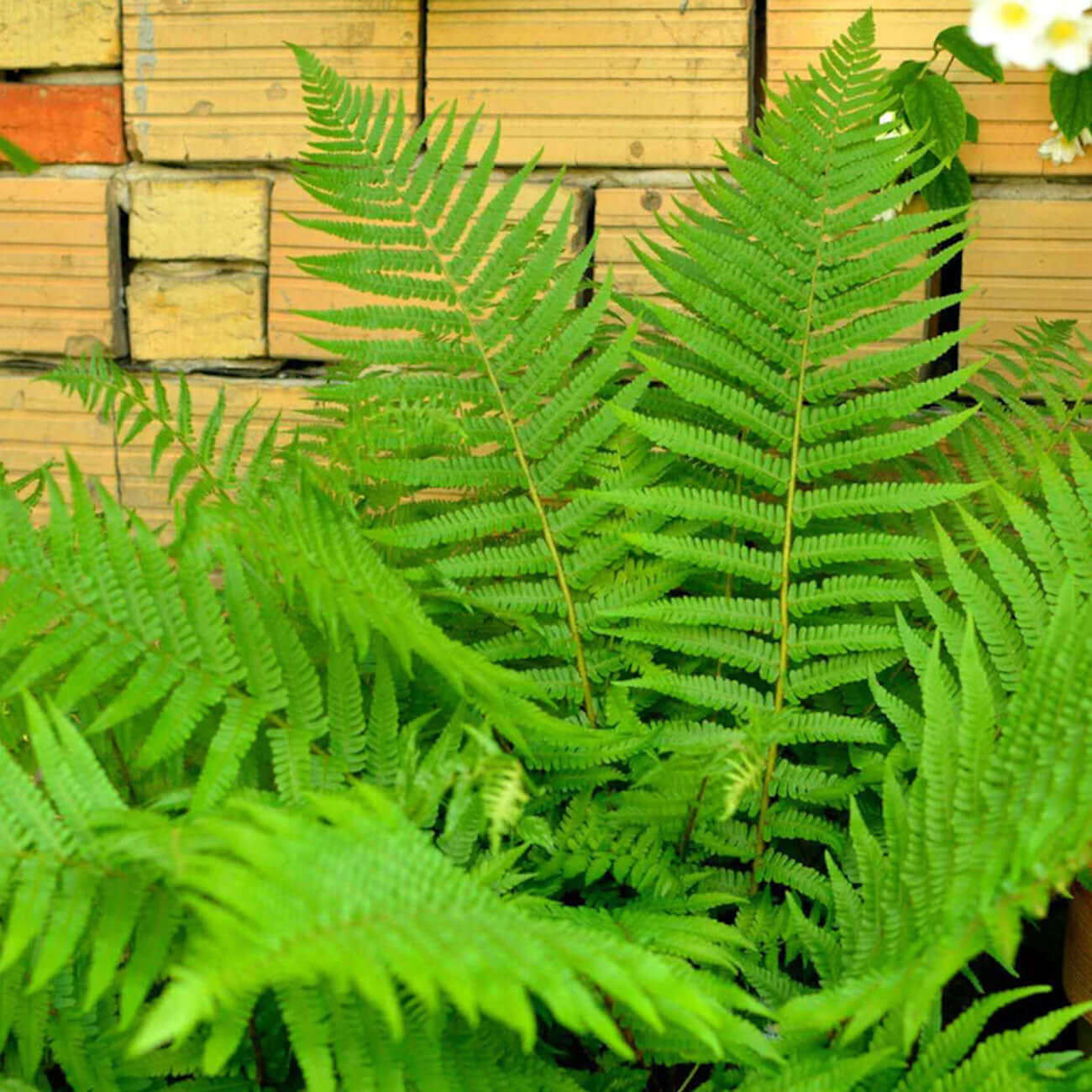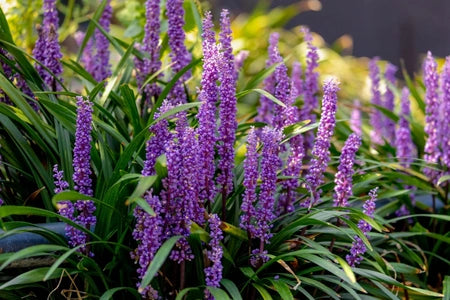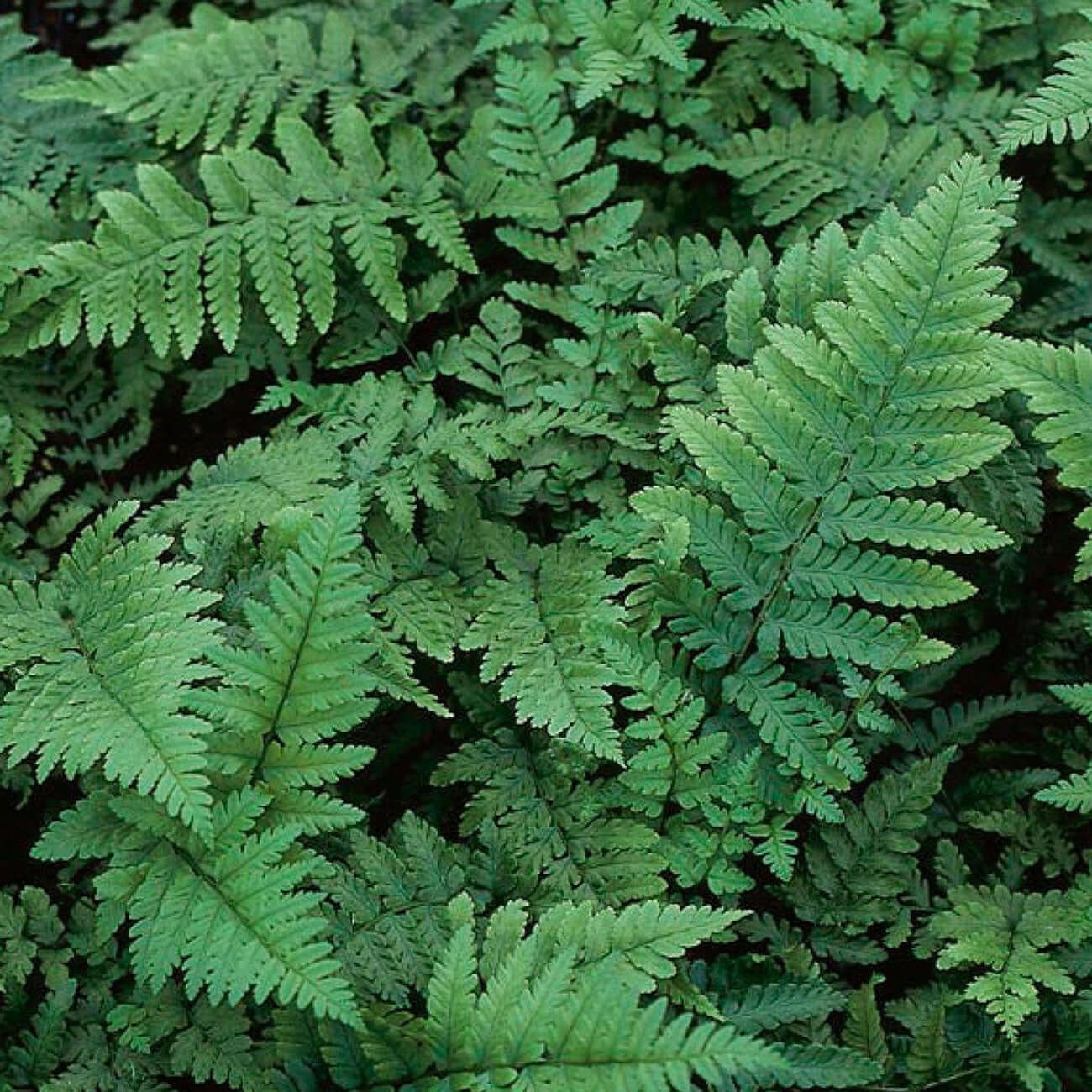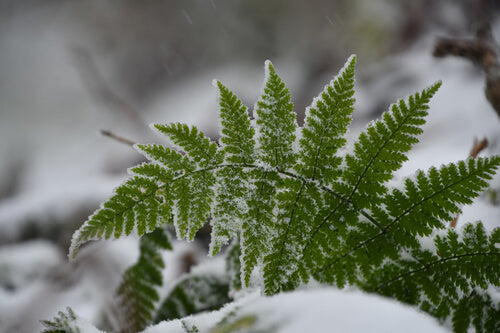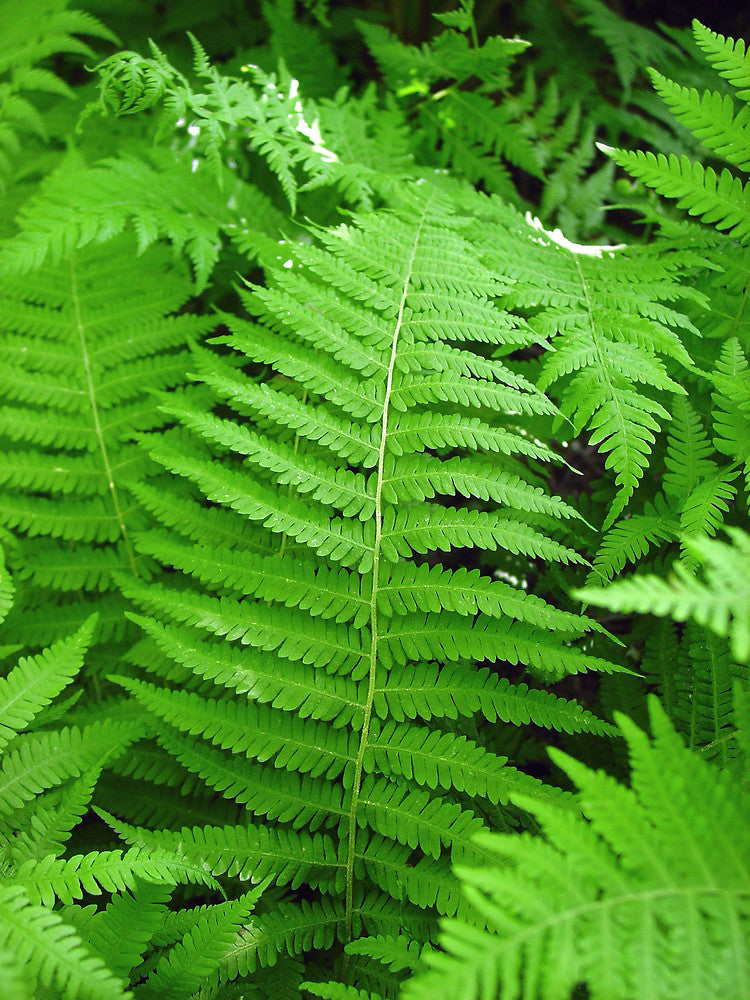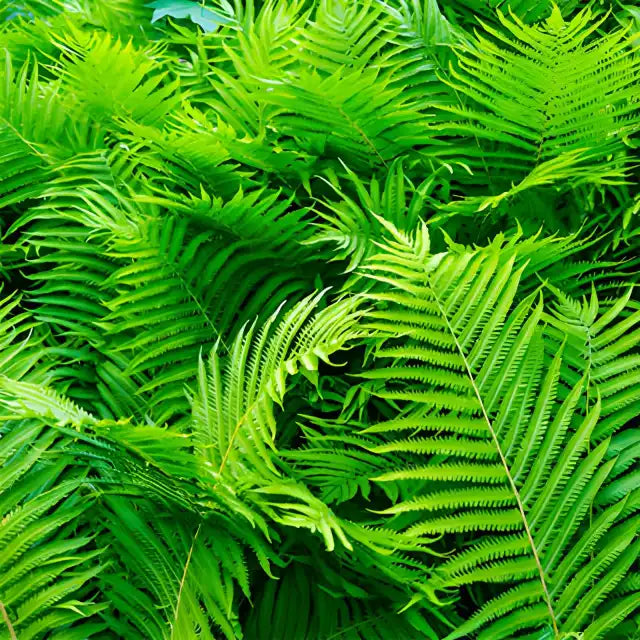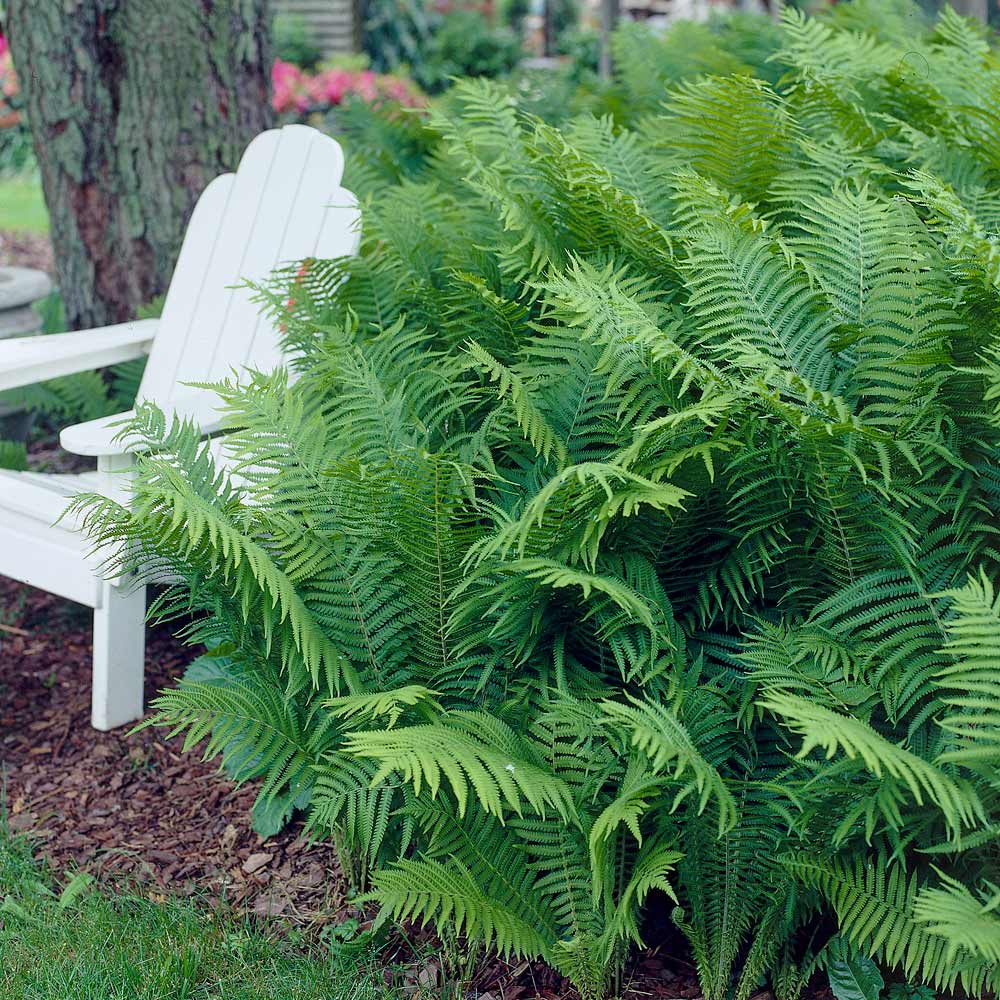Fern Plants – Lush, Hardy, and Expert-Grown Native Ferns from TN Nursery
At TN Nursery, we have sold thousands of quality native fern plants. As one of America’s top sellers of native and shade-loving varieties to homeowners, landscapers, conservation groups, and restoration projects. That’s why your plants will come from Tennessee’s rich soil, so they develop strong roots, adapt easily, and thrive for years in gardens and landscapes.
We offer popular native varieties like Christmas, Ostrich, Cinnamon, Lady, Maidenhair, and Royal. These woodland plants bring lasting texture, bright green color, and a natural look to shaded areas. TN Nursery's plants have been selected for significant projects, including government landscaping and conservation initiatives, which demonstrate our reliability and expertise. Our long history is why so many people trust us for hardy fern plants.
Why Fern Plants Are Essential for Shade Gardens
These types of plants add calm and structure to shady gardens. Their soft fronds and layered growth give depth, smooth out sharp lines, and create a woodland feel in any garden. Unlike many shade plants that depend on flowers, they offer texture and beauty from spring through fall.
They are easy to care for, require little water once established, and grow well in areas where other plants may struggle. Ferns also help hold soil in place and retain moisture, making them ideal for slopes, pathways, and areas prone to erosion.
Many gardeners choose them for their ecological value as well. Native fern species play a crucial role in supporting woodland ecosystems, offering habitat for wildlife, beneficial insects, and so many gardeners also pick them for their positive impact on the environment.
Native plants support woodland ecosystems by providing homes for wildlife, helpful insects, and soil-building organisms. Their deep roots help restore poor soils, filter water, and maintain healthy forest floors. As more people seek sustainable, climate-friendly gardens, ferns are emerging as a top choice in native plant gardening.
This method ensures they establish faster and grow stronger than those in potted alternatives. Bare-root ferns transplant more easily, develop deeper root systems, and adapt better to natural soil conditions. Our expert growers inspect every fern during harvest to ensure healthy crowns, robust rhizomes, and moisture-rich root systems ready to thrive in your garden.
With over sixty years of experience and recognition from landscape experts, TN Nursery gives you reliable planting advice with every order. You can choose ferns that fit your light, soil, and design needs. Whether you want a woodland garden, a shaded entryway, or a natural forest bed, our collections help you get started easily.
Choosing the Right Ferns for Your Landscape
From Ostrich Ferns that thrive in moist conditions to evergreen Christmas Ferns, TN Nursery offers plants for all shade conditions. Many gardeners mix different ferns to add height, contrast, and texture through the seasons.
Pairs well with Virginia bluebells, trilliums, wild ginger, foamflower, and other native woodland plants, allowing you to create a rich, natural shade garden. Our product pages provide planting tips, spacing guides, and soil advice to help you achieve success.
Are fern plants easy to grow?
Yes—they are among the easiest shade plants, requiring only moist soil and partial to full shade.
Which ferns grow best in deep shade?
Most will do well in deep shade and woodland areas.Do ferns come back every year?
Absolutely. They are perennial plants that return each spring from their hardy root systems.
Can fern plants help with erosion?
Yes—most varieties stabilize soil and are ideal for slopes and wet, shaded areas.
If you're seeking lush, elegant, long-lived greenery for your shade garden, fern plants from TN Nursery offer unmatched quality, expertise, and trustworthy field-grown roots that thrive season after season.
